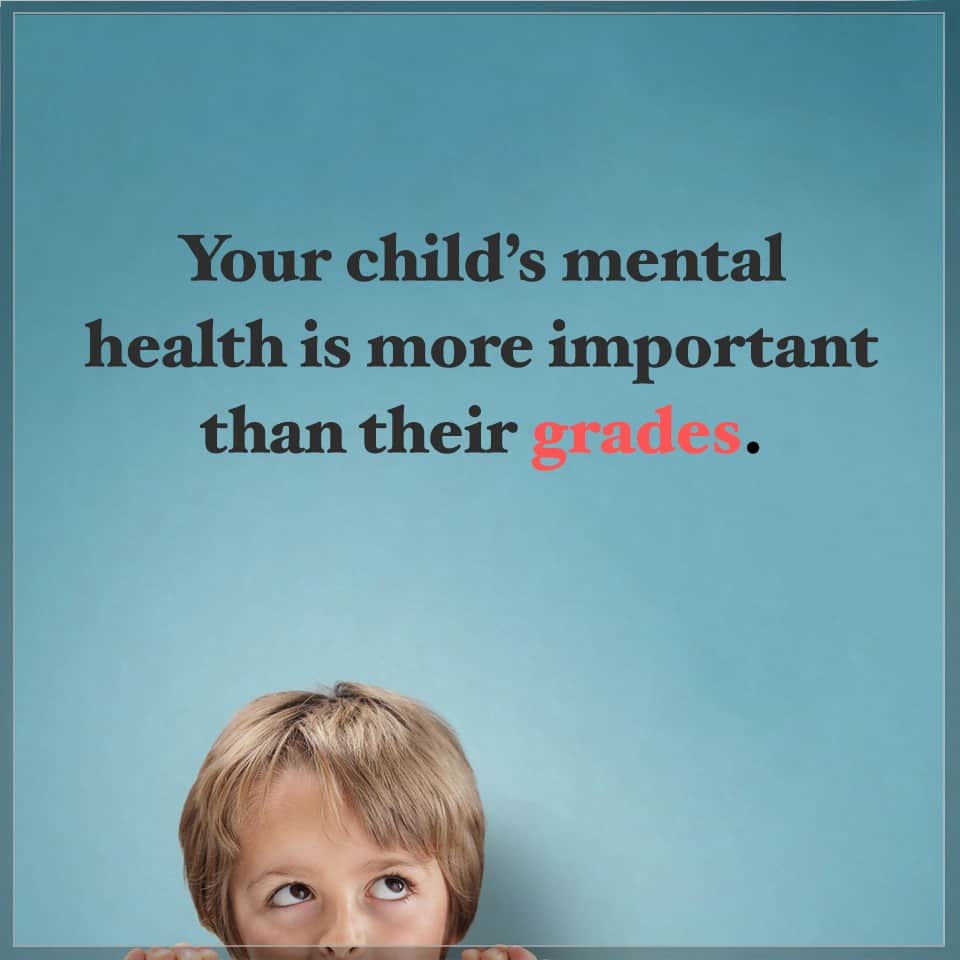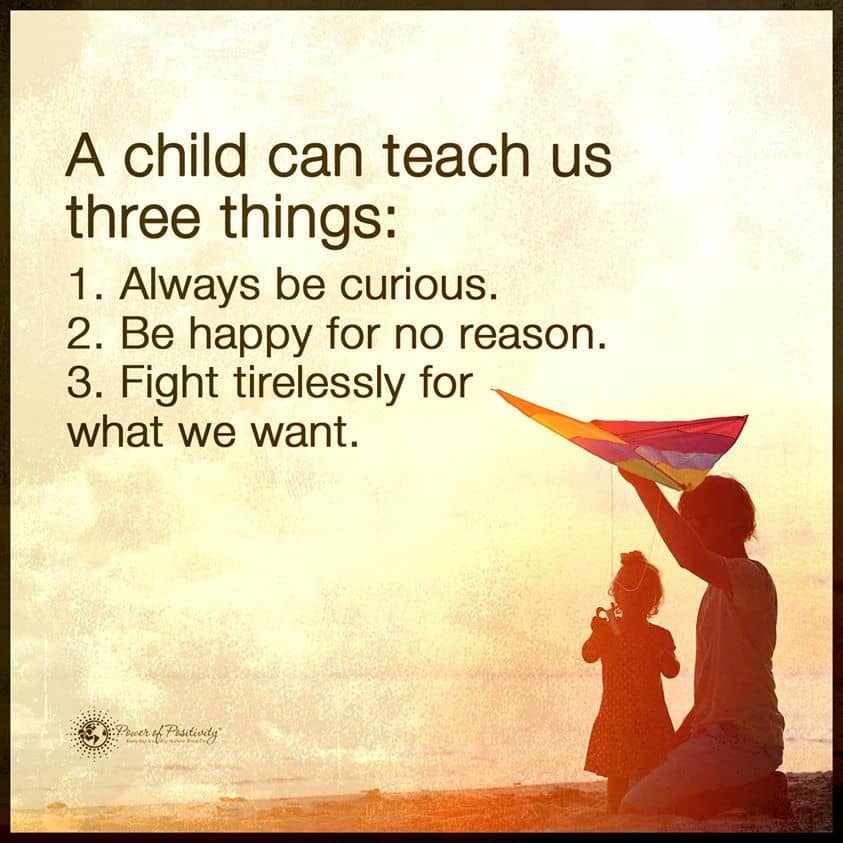In a new UK study, researchers have found that teaching empathy to kids enhances their creativity. The findings came from a one-year University of Cambridge study with Design and Technology (D&T) year 9 students (ages 13-14). The research involved students at two different London schools.
Those at one school followed lessons from the curriculum while the other group’s tasks came from engineering design thinking tools. These studies helped students think more creatively to solve real-world problems while also encouraging empathy.
Both groups underwent assessments for creativity at the beginning and end of the year. Researchers used a renowned psychometric test to measure creativity, the Torrance Test of Creative Thinking. At the end of the year, the test showed that students’ creativity increased dramatically for the group that learned thinking tools.
Interestingly, at the start of the year, the control group had 11% higher creativity than the intervention school group. However, after one year, the intervention group used thinking tools with 78% higher creativity than the control group. The research was published in the journal Improving Schools on January 25, 2021.
About the creativity study
Researchers also used the Torrance Test to measure both groups’ emotional and cognitive empathy, categorizing these by ‘emotional expressiveness’ and ‘open-mindedness.’ Students from the intervention school had much higher scores in these categories than the control group learning a standard curriculum. This indicates that their increased empathy had a huge effect on the creativity scores.The study’s authors suggest that not only does empathy improve creativity, but it can help students learn more effectively. Surprisingly, they found that the D&T course at the intervention school helped boys and girls learn from new perspectives. For example, boys had a 64% increase in emotional expression at the end of the year than at the beginning. Girls had a 62% increase in perspective-taking, a sign of improvement in cognitive empathy.
How researchers carried out the study about creativity and empathy
This research constitutes part of a long-term collaboration between the Faculty of Education and the Department of Engineering at the University of Cambridge. They’ve called the project ‘Designing Our Tomorrow’ (DOT), led by Bill Nicholl and Ian Hosking. The collaborative effort encourages students to find solutions to real-world problems by considering others’ thoughts and feelings.
This particular challenge asked students at the intervention school to create an asthma treatment ‘pack’ for children six and under. Researchers gave students different creative and empathetic ‘tools’ to complete the challenge.
For example, the team showed pupils data about the number of childhood asthma fatalities in the UK. They also showed them a video of a young child in the middle of an asthma attack. The students then gained perspective on the problem. Last, they tested their ideas by role-playing as patients, family members, and healthcare workers.
Nicholl, Senior Lecturer in Design and Technology Education, who trains teachers studying on the University’s D&T PGCE course, said:
“Teaching for empathy has been problematic despite being part of the D&T National Curriculum for over two decades. This evidence suggests that it is a missing link in the creative process, and vital if we want education to encourage the designers and engineers of tomorrow.”
Dr. Helen Demetriou, an affiliated lecturer in psychology and education at the Faculty of Education with a focus on empathy, also took part in the study.
She said: “We clearly awakened something in these pupils by encouraging them to think about the thoughts and feelings of others. The research shows not only that it is possible to teach empathy, but that by doing so, we support the development of children’s creativity and their wider learning.”
What the children learned from taking part in the study
The research showed that the intervention helped students shift their perceptions and learn how to challenge gender stereotypes. For instance, boys usually don’t share their emotions at school, but the intervention helped them learn to think more intuitively.
The researchers also conducted in-depth interviews with students at the intervention school and a girls-only school as part of the study. The students at the third school also took part in the asthma challenge. These interviews reinforced the fact that students had empathized deeply with the struggles of the children with asthma. Their empathy toward the children enhanced their creativity and decision-making process in the classroom.
Many students said they put themselves in the children’s shoes or tried to see things from their perspective. During the role-playing exercises where they discussed patients and their families, they felt deeply for the children.
One boy said to the research team:
“I think by the end of the project I could feel for the people with asthma… if I was a child taking inhalers, I would be scared too.”
Another student said:
“Let’s say you had a sister or brother in that position. I would like to do something like this so we can help them.”
In their conclusion, the authors say that these findings reveal a need to foster ’emotionally intelligent learners’ in classrooms everywhere. This becomes even more important when considering new studies that have shown that empathy declines with age.
“This is something that we must think about as curricula, in general, become increasingly exam-based,” Demetriou said. “Good grades matter, but for society to thrive, creative, communicative, and empathic individuals matter too.”
Nicholl added: “When I taught Design and Technology, I didn’t see children as potential engineers who would one day contribute to the economy; they were people who needed to be ready to go into the world at 18. Teaching children to empathize is about building a society where we appreciate each other’s perspectives. Surely that is something we want education to do.”
Final thoughts: a new study shows that teaching kids empathy increases creativity
In this groundbreaking study, researchers found that a comprehensive program helped students think more creatively. A key component of these lessons was the idea of empathy, or being able to relate to others’ perspectives. The study showed that children’s creativity improved dramatically under this program. Researchers hope that someday, empathy will become a part of curriculums everywhere.
















 Community
Community

